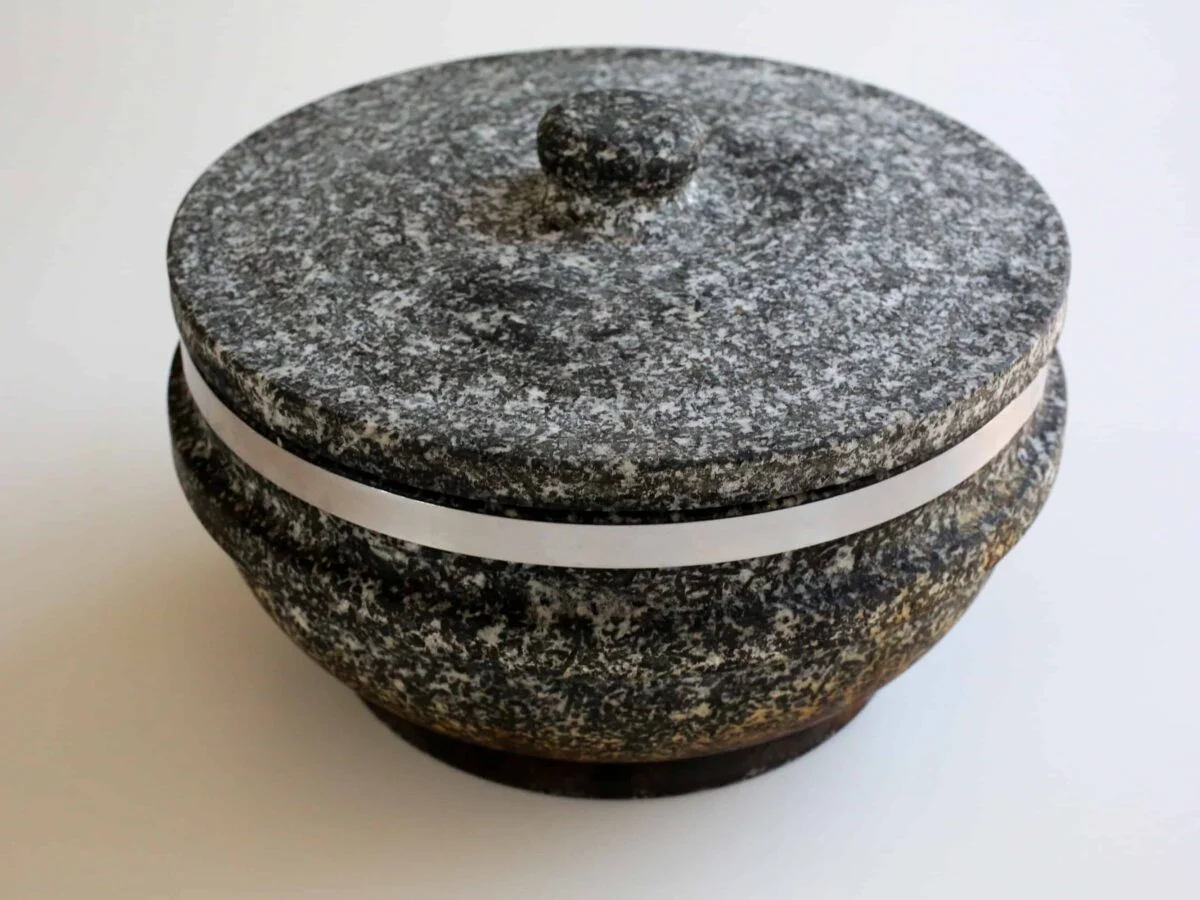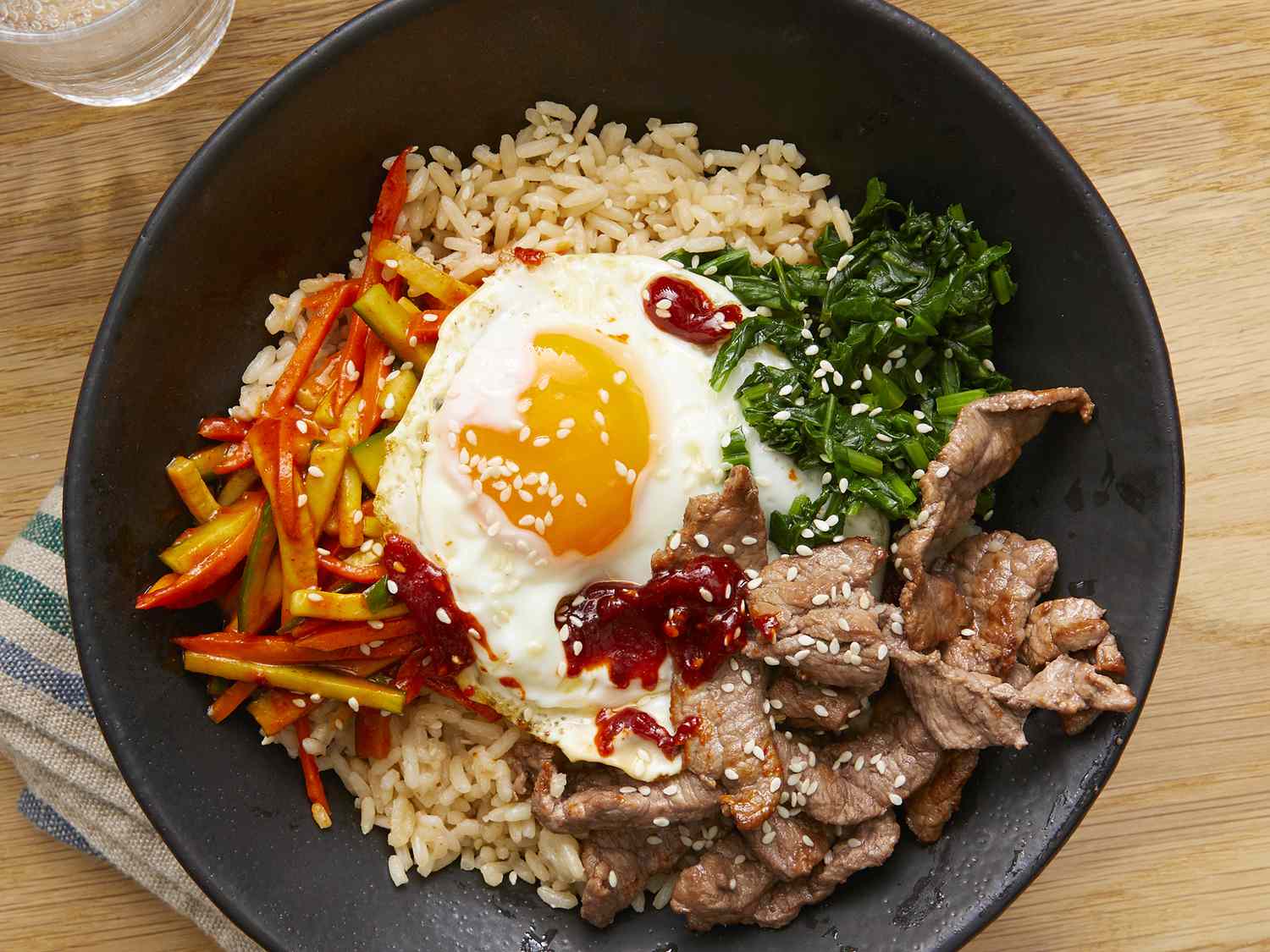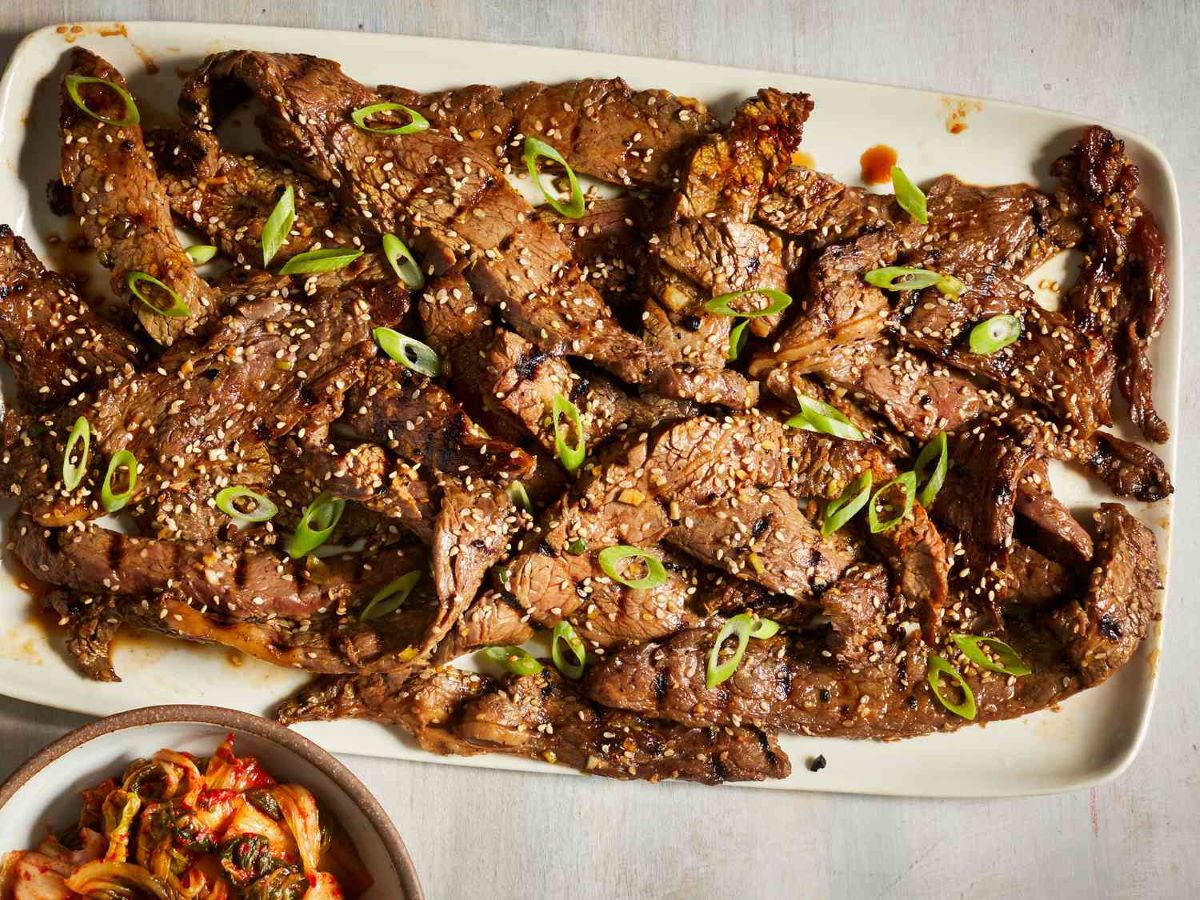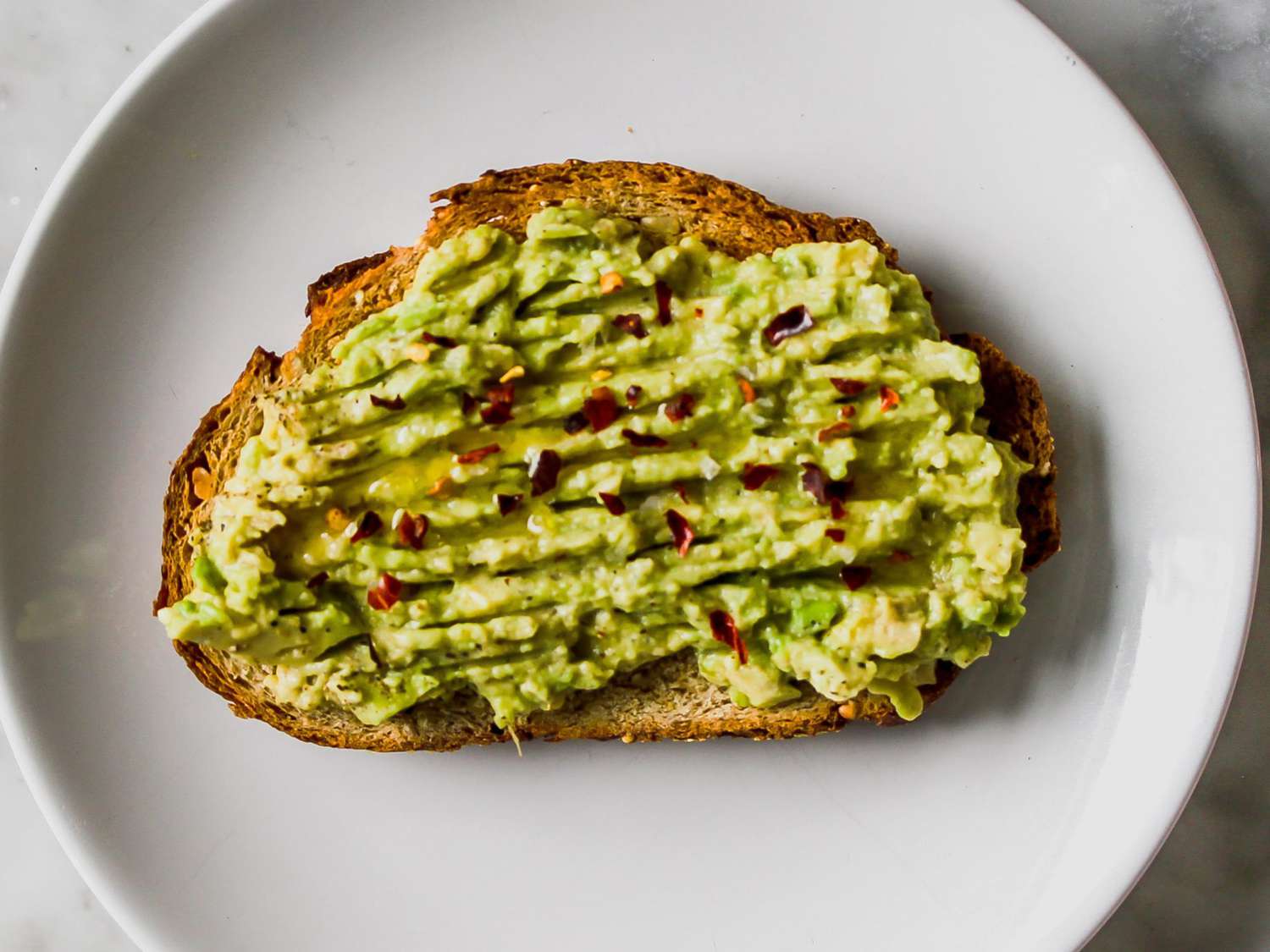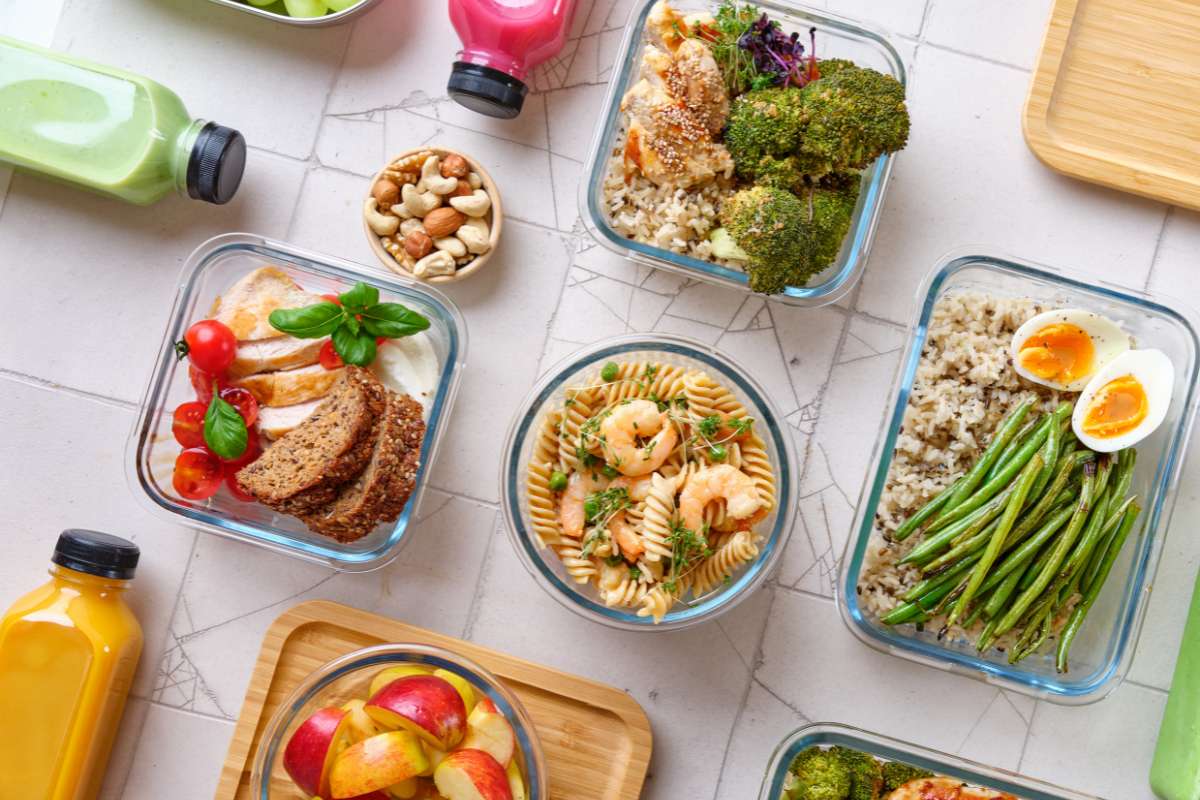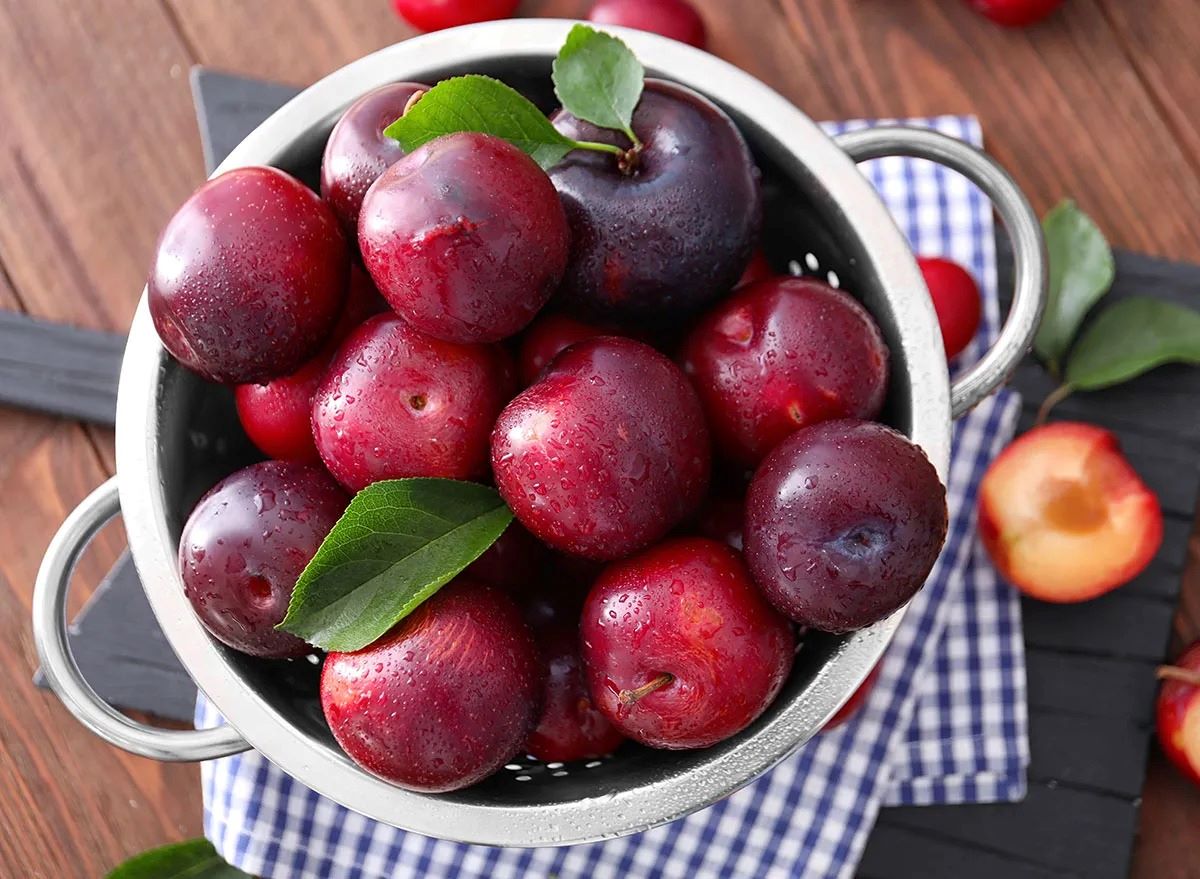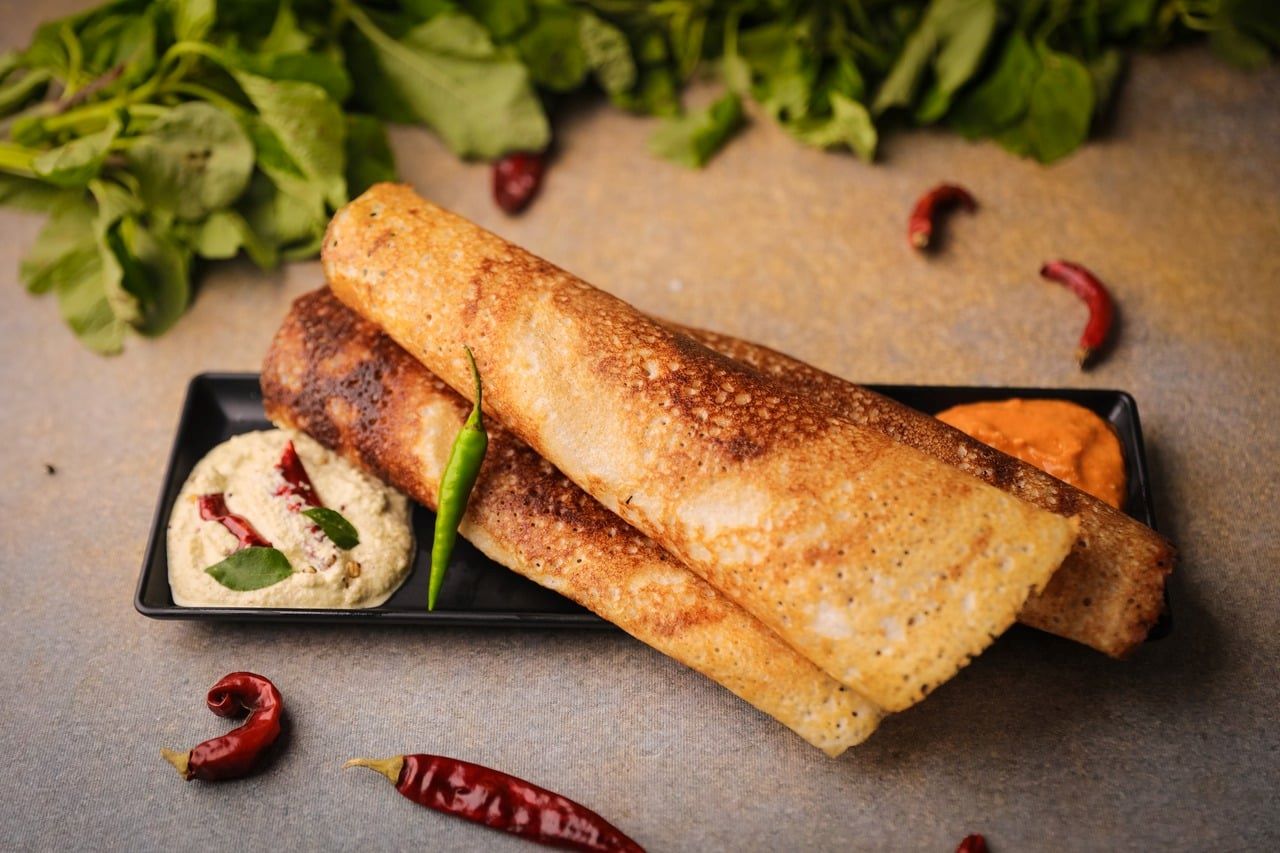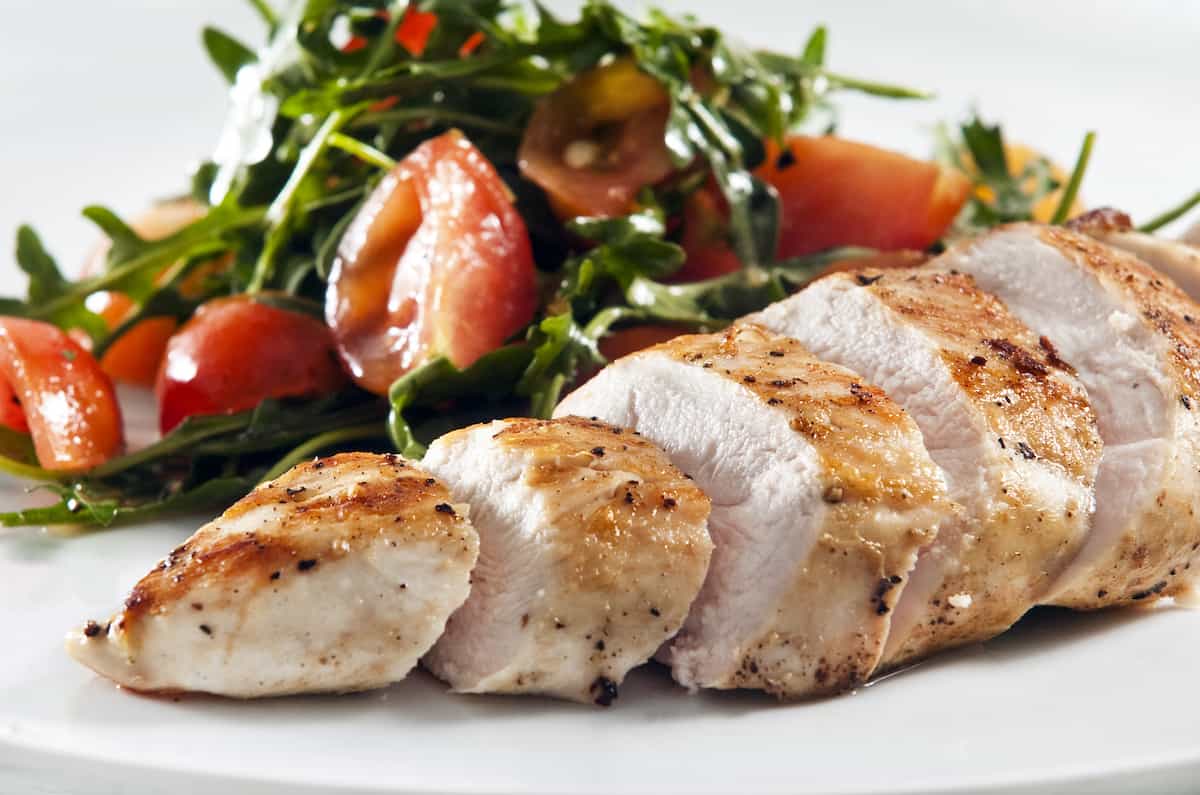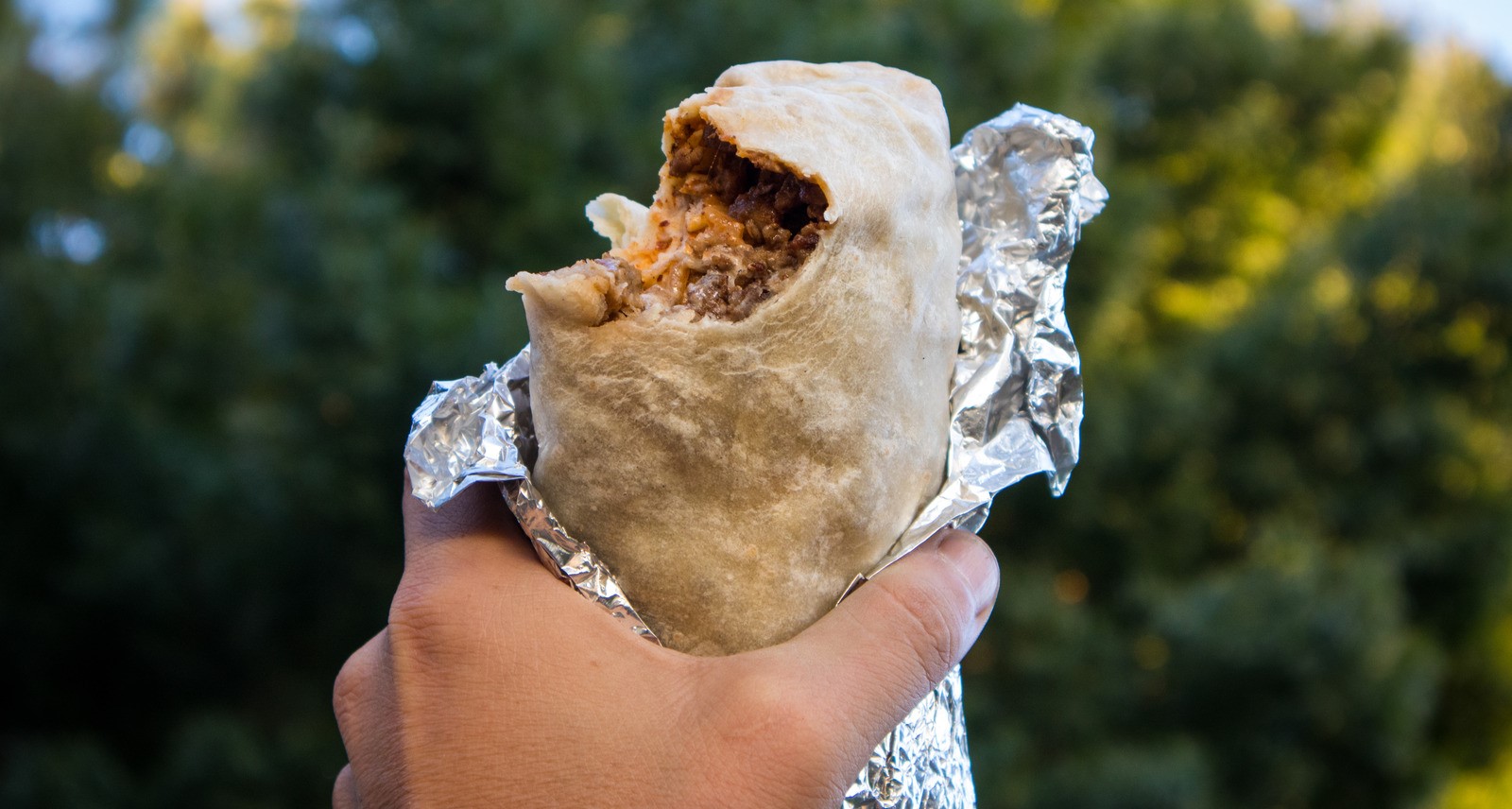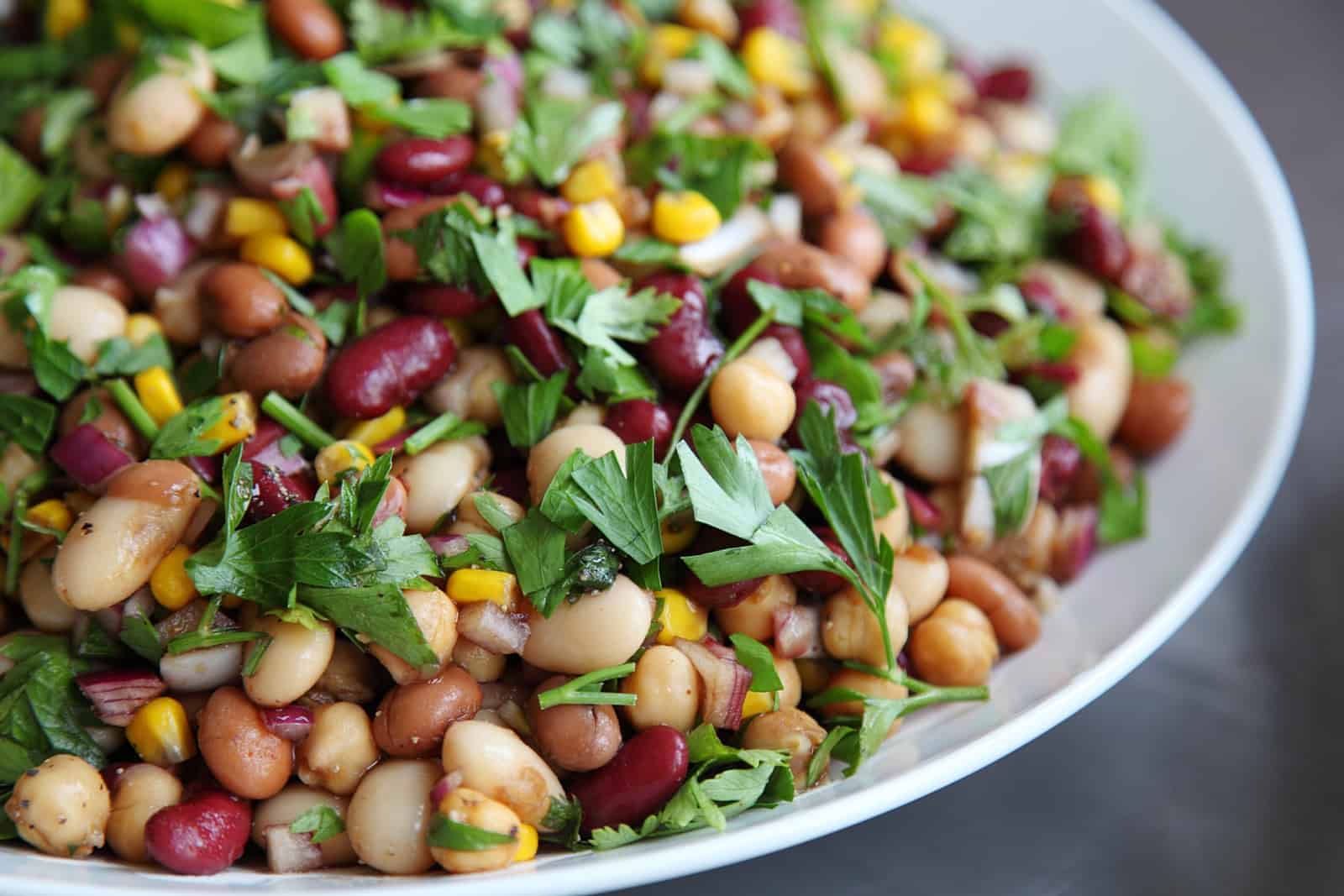What is Dolsot Bibimbap?
Dolsot Bibimbap is a popular Korean dish that consists of a bowl of warm rice topped with an assortment of seasoned vegetables, meat, a raw or fried egg, and gochujang (red chili pepper paste). The dish is served in a hot stone bowl called a dolsot, which crisps the rice and creates a delightful sizzle when the ingredients are mixed together.
Preparing to Eat Dolsot Bibimbap
Before you dig into your Dolsot Bibimbap, it’s important to prepare the dish for an enjoyable dining experience. Here’s what you need to do:
- Place the dolsot bibimbap on a heat-resistant surface as it will be extremely hot.
- Use a spoon to mix the ingredients thoroughly, ensuring that the gochujang is evenly distributed throughout the dish.
- Be cautious of the hot stone bowl and handle it with care to avoid burns.
How to Eat Dolsot Bibimbap
Now that your Dolsot Bibimbap is ready, it’s time to enjoy this delicious and nutritious meal. Here’s a step-by-step guide on how to eat Dolsot Bibimbap:
- Using a spoon, mix all the ingredients in the dolsot thoroughly. The sizzling sound and the aroma will make your mouth water!
- Once the ingredients are well combined, use your spoon to scoop up a portion of the Dolsot Bibimbap and place it in your bowl or onto your plate.
- Take a moment to appreciate the vibrant colors and enticing aroma of the dish before you start eating.
- Using your spoon, take a small portion of the Dolsot Bibimbap and savor the explosion of flavors in your mouth. The combination of the crispy rice, savory vegetables, and spicy gochujang is truly delightful.
- Continue to enjoy the Dolsot Bibimbap, mixing and scooping until every last bite is gone.
Tips for Eating Dolsot Bibimbap
To fully enjoy your Dolsot Bibimbap experience, consider the following tips:
- Take your time to savor each bite and appreciate the unique flavors and textures of the dish.
- Feel free to add more gochujang if you prefer a spicier kick to your Dolsot Bibimbap.
- Mix the rice well to ensure that every spoonful contains a bit of each ingredient for a balanced taste.
- Be mindful of the hot stone bowl, as it retains heat for a long time.
Conclusion
Dolsot Bibimbap is not only a delicious and satisfying meal but also a fun and interactive dining experience. By following these simple steps and tips, you can fully enjoy the flavors and textures of this iconic Korean dish. So, the next time you have the opportunity to indulge in Dolsot Bibimbap, embrace the sizzle, mix it up, and savor every mouthful!
